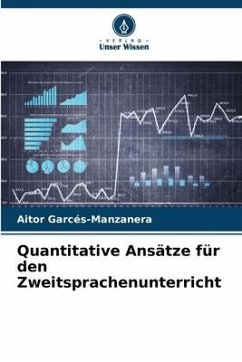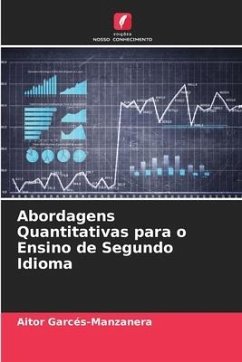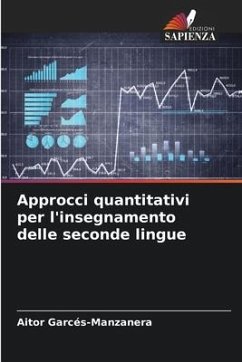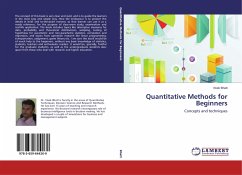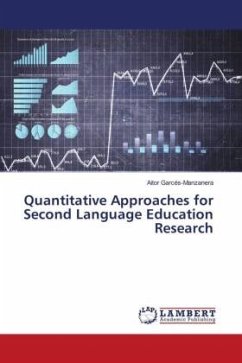
Quantitative Approaches for Second Language Education Research
Second Edition
Versandkostenfrei!
Versandfertig in 6-10 Tagen
30,99 €
inkl. MwSt.

PAYBACK Punkte
15 °P sammeln!
Statistics provide an essential methodological foundation for advancing Second Language (L2) Education research. This book offers a clear and structured introduction to statistical methods, ranging from basic descriptive statistics to advanced analyses such as linear regression, cluster analysis, and Bayesian statistics. These tools are presented with examples specific to L2 education research, ensuring their relevance and applicability to the field.Recent years have seen growing interest in quantitative methods for L2 research (Plonsky, 2015), yet few resources provide a comprehensive and pra...
Statistics provide an essential methodological foundation for advancing Second Language (L2) Education research. This book offers a clear and structured introduction to statistical methods, ranging from basic descriptive statistics to advanced analyses such as linear regression, cluster analysis, and Bayesian statistics. These tools are presented with examples specific to L2 education research, ensuring their relevance and applicability to the field.Recent years have seen growing interest in quantitative methods for L2 research (Plonsky, 2015), yet few resources provide a comprehensive and practical guide to their use. This book bridges that gap, addressing the importance of effect sizes (Plonsky & Oswald, 2014) and introducing Bayesian approaches, a growing trend in L2 research.Readers will find step-by-step guidance on performing these analyses using JASP, an accessible and intuitive statistical software package. Whether you are a graduate student, researcher, or educator, thisbook equips you with the essential tools to conduct rigorous and impactful quantitative research in L2 education.



